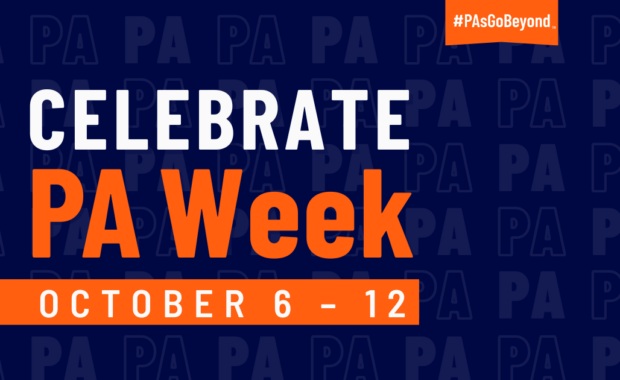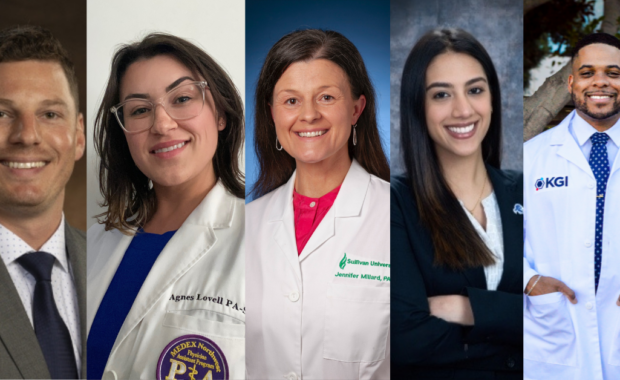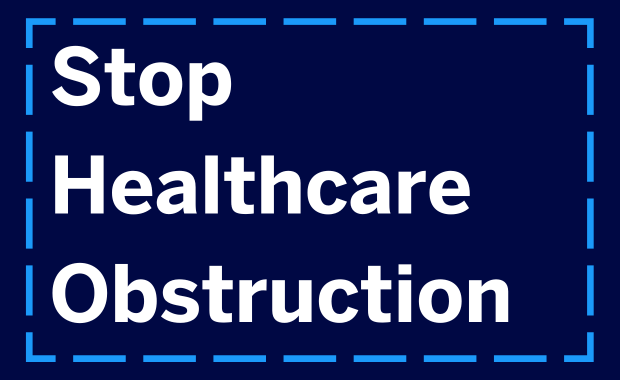Olympic Skiers and Snowboarders Benefit from PA Care
February 4, 2022
By Hillel Kuttler
Saturday, January 27
Two weeks before the 2018 Winter Olympics opening ceremony, Kyle Wilkens is plenty busy before departing in two days to join his team in PyeongChang, South Korea.
Wilkens, who lives in the ski mecca of Park City, Utah, is not heading across the world to compete in downhill or cross-country or any other sport.
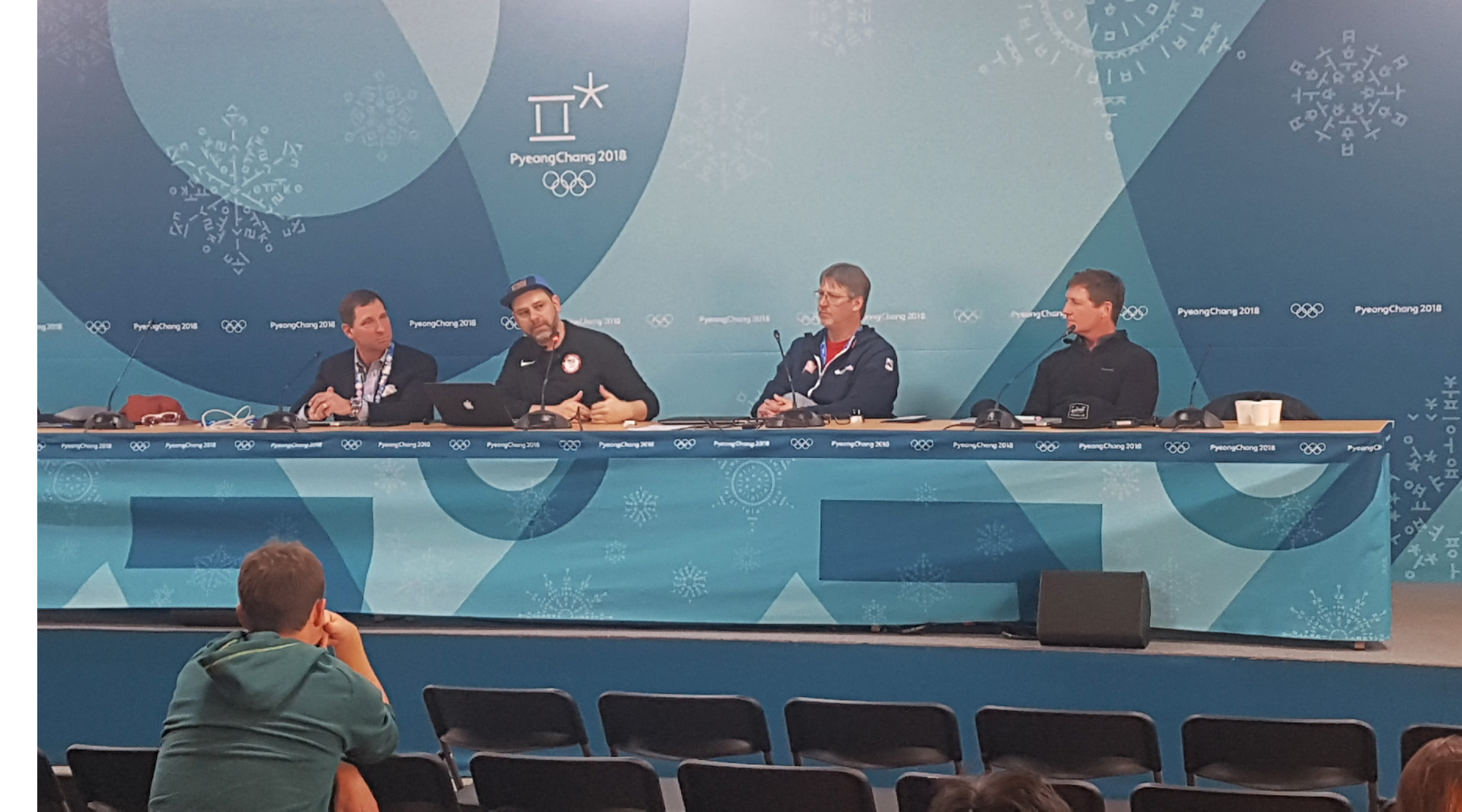
Wilkens’s team is the 11-member medical contingent caring for the American men’s and women’s skiers and snowboarders; he is a PA and the 10 others are physicians. Wilkens, 52, serves as director of medical services for U.S. Ski & Snowboard, the federation governing America’s national teams in those sports. He also works four days a month in a sports medicine and orthopedic surgery practice.
Yesterday, U.S. Ski & Snowboard finalized its roster of 109 athletes heading to PyeongChang. Now, one of Wilkens’s pre-departure responsibilities is assuring that his athletes’ medical histories are complete and accessible to him on the cloud. (Last autumn, he’d alerted them to update their immunizations, including for influenza.) He’s also been packing seven bags of medical equipment and supplies.
This will be Wilkens’s third Olympics, following Salt Lake City in 2002 (when he was a certified athletic trainer) and Sochi, Russia, in 2014.
“It was cool to sleep at home and have the Olympics in [my] backyard,” Wilkens, speaking by telephone from his home, says of the ’02 site, about 6,000 miles from PyeongChang.
The medical staff had scouted PyeongChang to prepare for any emergencies. Wilkens took 10-day trips there in 2016 and 2017, when World Cup ski competitions were held that tested the sites’ readiness for the Olympics. Each time, Wilkens visited hospitals in PyeongChang, spoke with South Korean medical officials, learned about the resorts’ ski patrols and worked on detailed medical plans for various levels of injuries.
The visits also involved “learning the Korean culture and how their medical services are delivered. You’re working within their culture, so you have to know how things are done,” he explains.
Last October, he shipped three palettes of equipment to South Korea: treatment tables, ice and compression units, first-aid kits, trainers’ kits and the like. Those will be unloaded at the American teams’ rooms at Alpensia Resort, site of such events as ski jumping, biathlon, and cross-country skiing; and at Jeongseon Alpine Center, where downhill, alpine combined, and super-giant slalom will be contested.
He didn’t ship medications, since the United States Olympic Committee (USOC) has a formulary that will be allocated to each sport’s staff. Wilkens and the physicians will retain their prescribing privileges at the Olympics. There, all American athletes can avail themselves of care at four main clinics: the USOC’s and the International Olympic Committee’s at each of the two Olympic villages – in PyeongChang and in Gangneung – where most of the world’s athletes and coaches reside during the fortnight.
“This is what we work for every four years. Everybody’s really excited to help our athletes reach their goals,” he said. “It’s very focused work.”
Thursday, February 8
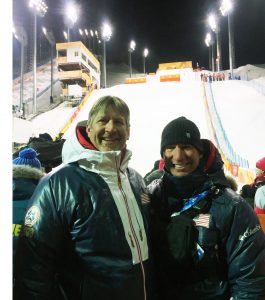
The last American athletes arrived today in PyeongChang, and Wilkens helped get them settled in and focused on their training for the competition to come.
His own settling-in took some time. His flights – Salt Lake City to Seattle to Inchon – exceeded 15 hours and crossed 16 time zones, with Wilkens arriving in South Korea on January 30. He was taken to be officially processed by the USOC, and the next day went to the Yongpyong Ski Resort to begin preparing for his athletes’ arrival.
In the ensuing days, Wilkens says, he and his colleagues were “working around the clock” to get lodging arranged and athletes checked in. That’s because one staff member fell ill, and it was all hands-on deck – including to lug mattresses and pillows. He even helped to set up a media center and a dining area.
This is also what Wilkens did his first week in-country:
- He prepared four medical-treatment areas for U.S. skiers and snowboarders: in The Haven (a building housing a lounge, gym, dining room, and media center), in the dining area and in the residential quarters. That was in addition to the facilities at competition sites at the mountains and the USOC’s main clinic.
“Wherever the athletes go, we have an area to get treatment that is accessible,” he says.
- He briefed the physicians on emergency-action plans, covering where to bring those suffering injuries on the mountains.
- He reviewed the urine-sample-collection procedure for athletes. Because of the IOC’s fundamental interest in competition that’s free of blood doping and performance-enhancement-drug usage, urine samples are taken during the Games. Athletes must have completed therapeutic-use exemption (TUE) forms for necessary medications that otherwise would violate World Anti-Doping Agency (WADA) rules. Athletes must also follow WADA rules for informing the agency when they become ill during the competition and are prescribed a banned substance.
- He attended a meeting today on the South Korean health ministry’s action plan to deal with a recent norovirus outbreak. The virus affected several dozen officials handling Olympic security.
- He oversaw the disinfecting of skiers’ and snowboarders’ residential rooms. U.S. Ski & Snowboard had planned on hiring a local cleaning company, but Wilkens and his colleagues came upon a Norwegian firm on-site that sprayed a cleansing mist – the same substance it uses to disinfect operating rooms and nursing homes. That company handled the job for the Americans instead.
- He worked on a 20-minute presentation, scheduled for midway through the competition, at an IOC-run medical-education symposium.
Whew.
Wilkens relates all of these doings while driving through the mountains to drop off medical supplies at Yongpyong, dubbed Dragon Valley, where the women’s alpine skiers will begin training in a few days.
He’s had “hardly any free time at all,” Wilkens says. Three days earlier, on Monday morning in PyeongChang, he caught just the last quarter of the live broadcast of the Super Bowl.
“The pace will change once we start competing. It’s very busy on the bookends,” Wilkens says of the Games’ opening and concluding weekends. “The last two, three days, we’ll be very busy packing up.”
Monday, February 19
It’s nearly 6:00 p.m., and Wilkens is on a break in his room at Phoenix Snow Park, where several other medical staff and coaches also reside. It’s close to the snowboarding and freestyle skiing venues. He’s thinking ahead to tomorrow, when he’ll start packing supplies for shipment home next weekend, following the PyeongChang Olympics’ conclusion. Wilkens already packed his own skis, which he’d used to get to the start of some races. From there, he could reach injured competitors on the slopes.
Last week, three of Wilkens’s athletes – two alpine skiers and a bordercross skier – were flown back to America for surgery on their ankles and knees. Two had been injured in practice runs before even experiencing competition. The other hooked a ski tip on a slalom gate during a race, twisting her knee. She was taken to the on-hill clinic to be evaluated by a team physician, and on to a nearby hospital. An MRI revealed a meniscus tear.
Wilkens didn’t accompany her to the hospital, but was glad to learn that the care was excellent and swift. “She was in and out in two hours. I was pleasantly surprised that she got out of there so fast,” he says.
Most mornings, Wilkens catches a chartered bus to the big-air snowboarders’ practices. The past few nights ended late, following the freestyle aerials, which are close enough that Wilkens walked there and back. Afternoons are for visiting the clinics, checking in with the Americans’ chief medical officer and meetings with coaches. Supplies and pharmaceuticals have held out, with “no surprises at this point,” he says.
Like at previous Olympics he’s worked, “the medical care for athletes is very good,” Wilkens notes. “There haven’t been any major changes [in PyeongChang], just different systems in how it’s delivered. There’s not a lot of worry about the care they’re going to get; you’re just dealing with a very different culture. There are language barriers; that’s a very big one, for sure. They’re very good [here] about having interpreters, which is a slight difference from Sochi.”
All things considered, there’ve been “no major disappointments or problems, so it’s gone very smoothly,” he continues. “If you think of what athletes are trying to achieve with pushing their bodies, the injuries are not what they could be.” Aside from the injured skiers, one snowboarder came down with the flu, but he recovered in time to compete this morning. The flu also struck a physiotherapist.
Besides working at assigned events, Wilkens has enjoyed being a spectator for some skiing and snowboarding action. By now, most of that competition has concluded, but a few alpine skiing and half-pipe snowboarding events remain. Wilkens hasn’t had time to attend other competitions or medal-presentation ceremonies.
Wilkens does have a ticket for the closing ceremony six days hence, and he plans to go. The day after, when most athletes and coaches depart, Wilkens will close the palettes of supplies for shipment home.
Then, he’ll board a plane back, too.
Thursday, March 1
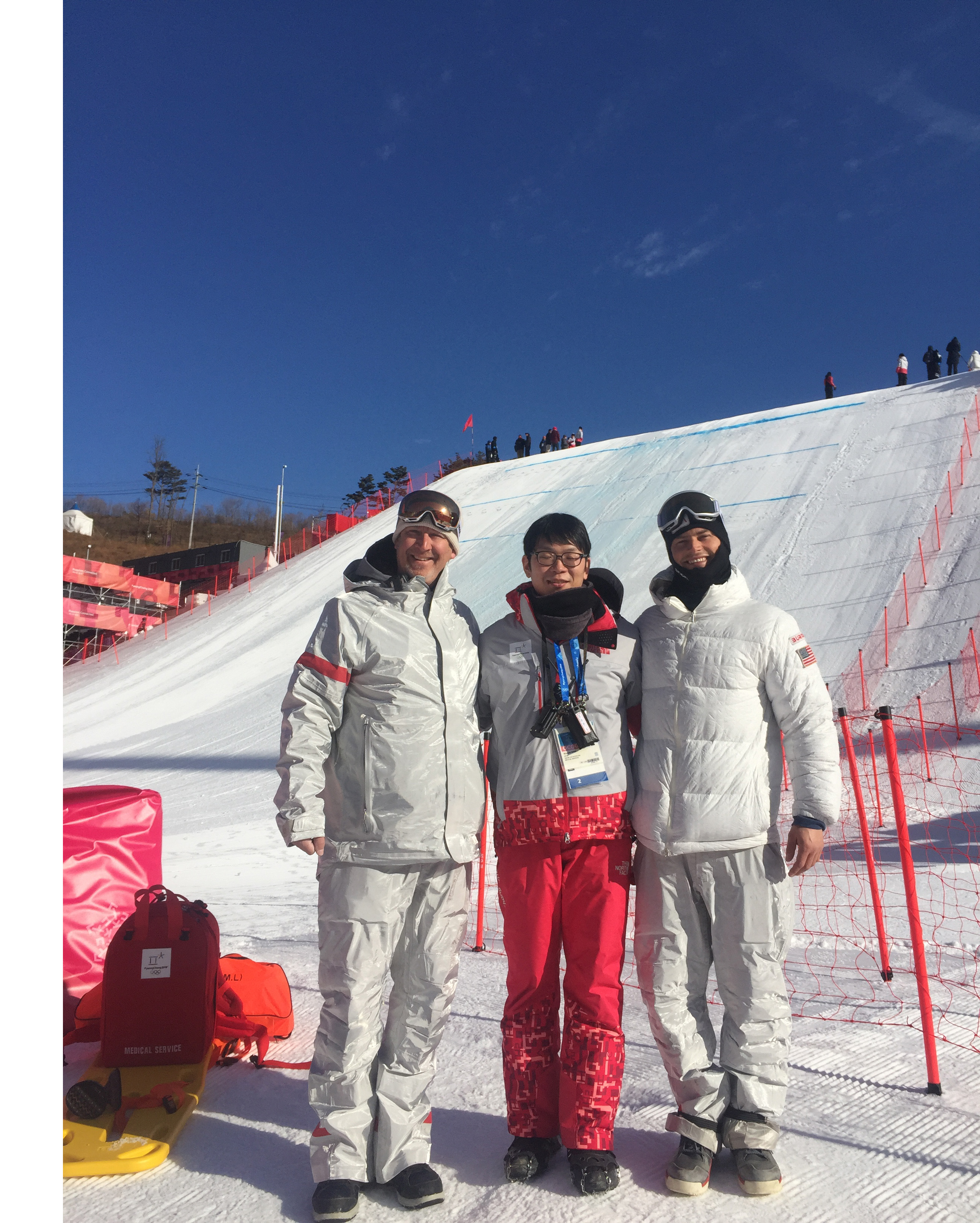
“I’m pretty tired, obviously, after that much travel,” Wilkens says.
He’s has been home fewer than three days – but what is a day, really? His flight departed Inchon at 7:00 p.m. Monday and he stepped off the plane in Salt Lake City at 11:00 p.m. the same night.
Today, Wilkens saw his first patient since returning to work at the U.S. Ski & Snowboard’s training facility, known as the Center of Excellence. He’s participated in debriefings with colleagues. Soon, they’ll start working on the medical budget for next year’s tournaments in those sports. Then, plans will commence for the next Winter Olympics, in 2022 in Beijing.
Last week, back in PyeongChang, was low-key. An alpine skier who suffered from back spasms was taken immediately to a physiotherapist and cleared to continue competing. A cross-country skier and a ski jumper came down with strep throat and an upper-respiratory illness. That was it.
“We were pretty lucky,” Wilkens says. “The [Olympics’] second week was pretty good from an athlete-illness-injury standpoint.”
Whenever logistical challenges arose, “I tried to adapt and minimize the stress,” Wilkens says. “My word was ‘calm’ – a word I kept in the back of my head. I tried not to get over-reactive, stressed-out.”
Andrew Cooper, M.D., one of Wilkens’s collaborating physicians at the Olympics, said that Wilkens had a “pretty intense” workload on the administrative side and in coordinating care in PyeongChang.
The two have worked together for more than a decade, ever since Cooper hired Wilkens to work in the ski clinic he ran. Wilkens presents unique skills, being both a certified athletic trainer and a PA – “the perfect combination,” Cooper says, of “the treatment side and the first-responder side.”
“It’s a very challenging job – not one I’d want,” he continues, speaking of Wilkens’s work at the Olympics.
Most days during the concluding week in PyeongChang found Wilkens covering snowboard’s big-air events from 8:00 a.m. until 1:00 p.m. He’d then assist other medical staff in their athletes’ care. Having moved to the Olympic Village, Wilkens lent a hand each day at the USOC’s clinic. There, he’d also see whether his own athletes had come in for care, alerting him to follow-up work.
“There weren’t any surprises. There weren’t any times of panic,” he says of the medical side of his experience in PyeongChang. “Being able to provide world-class care to our world-class athletes is why we were there.”
On the sports side, “It’s always satisfying to see the athletes you work with accomplish their goals. The gold medal in the cross-country ski sprint, and the curling gold – it makes up for all the hardships. As a sports fan, it’s great, because you’re on the highest stage and get to see it in person.”
Hillel Kuttler is a freelance writer. Contact him at [email protected].
Originally published on March 13, 2018
Thank you for reading AAPA’s News Central
You have 2 articles left this month. Create a free account to read more stories, or become a member for more access to exclusive benefits! Already have an account? Log in.
